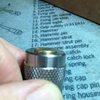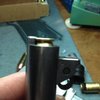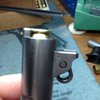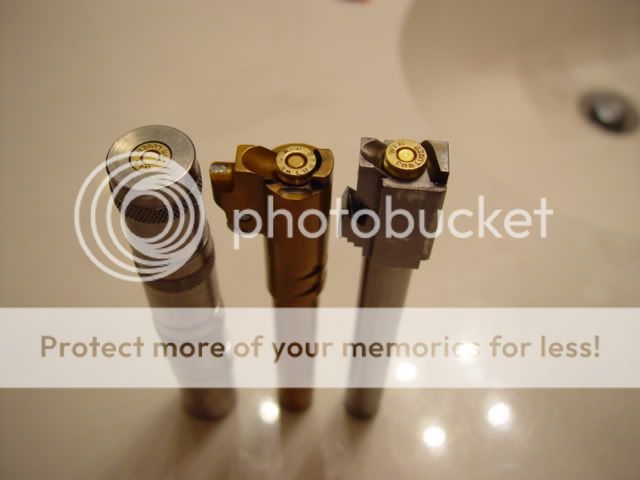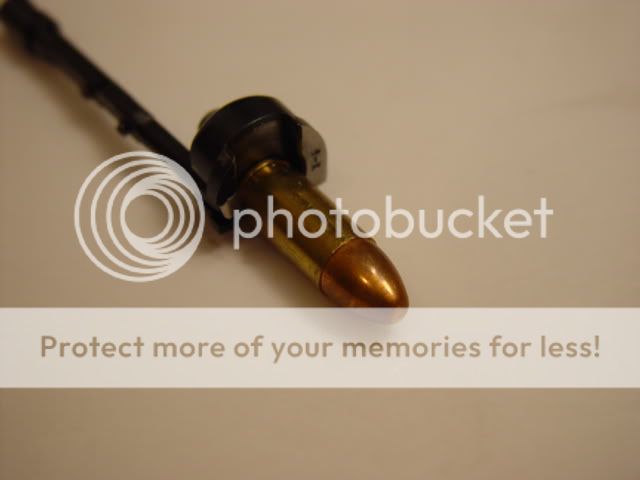JimGun
Member
I recently purchased a Dillon Stainless Steel .45 case gauge. When testing some of my previously reloaded ammo, I found one round where the rim did not fit flush against the top of the gauge, as shown in the first photo. However, when plunk testing it in the barrel of my Kimber, see second photo, it looked just as well seated, as a round from a box of Winchester ball ammo, see third photo. I am not sure what the protruding rim is telling me or whether the round is safe to fire. I would appreciate any and all comments.


